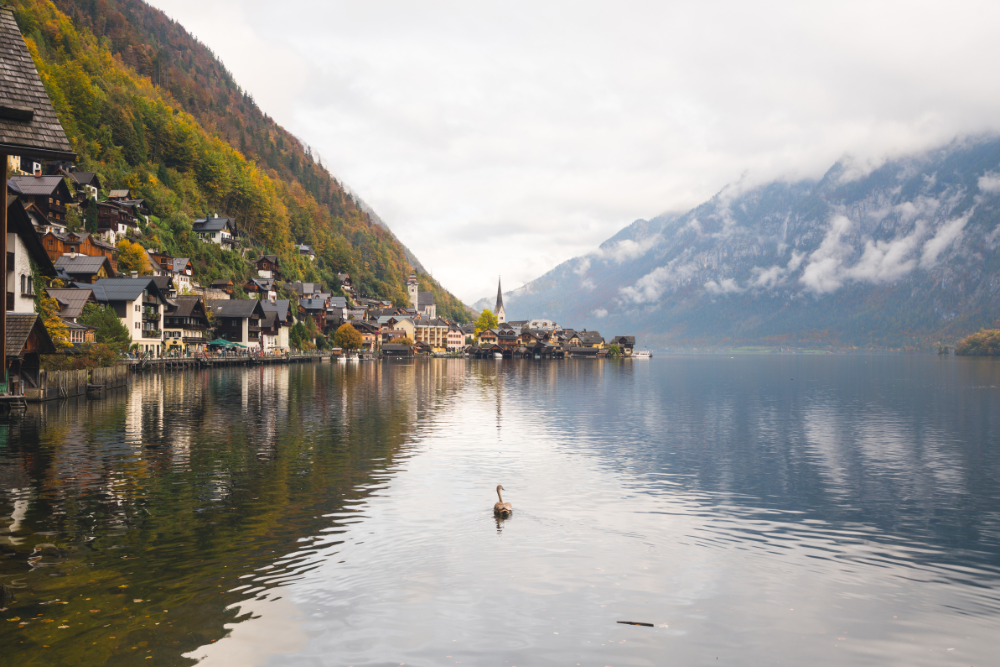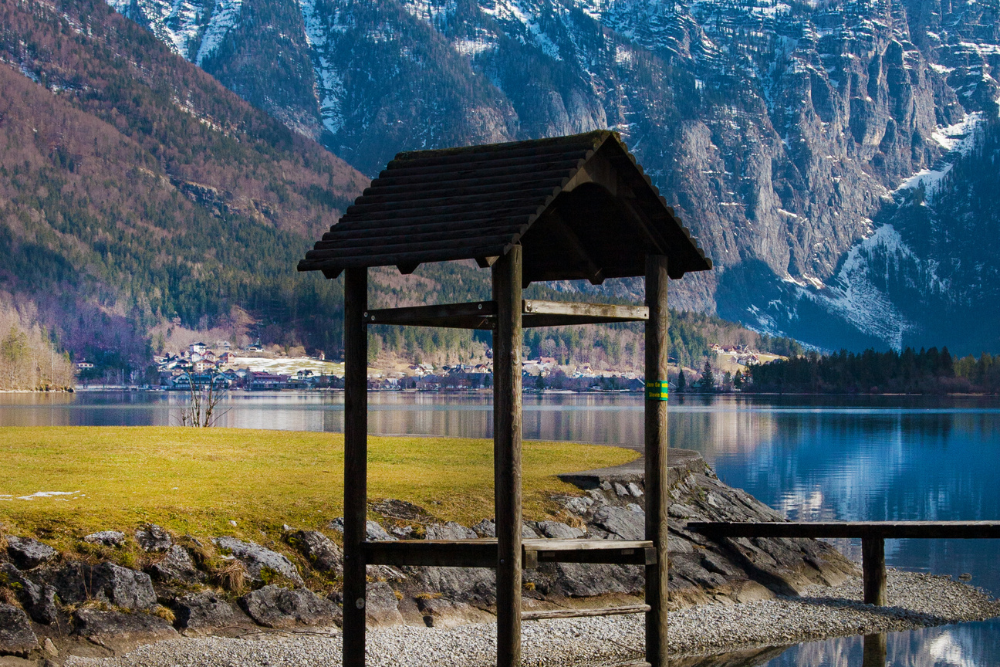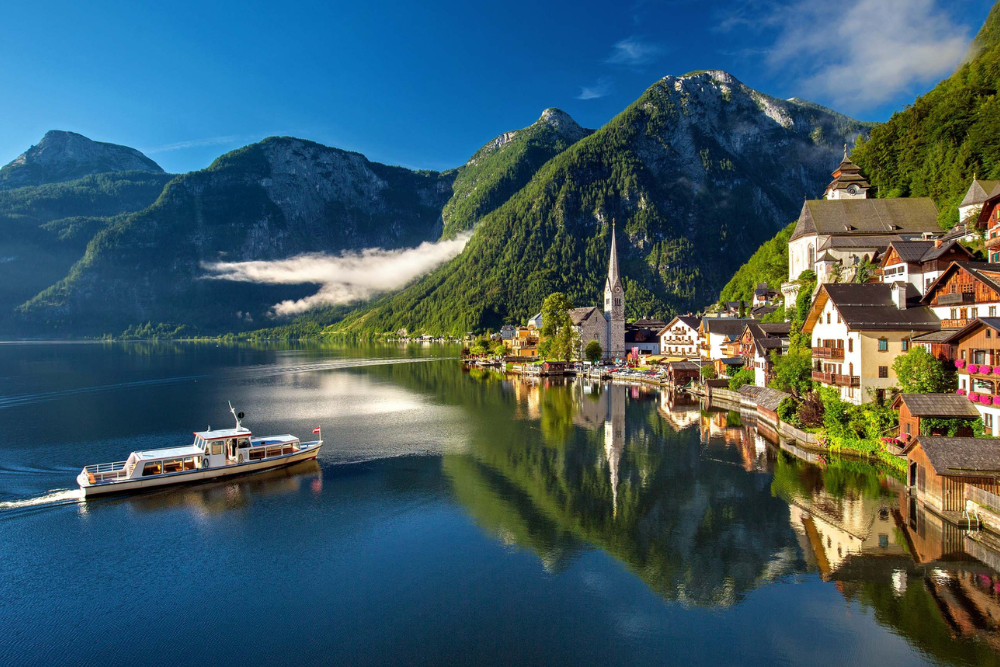Austria is a country deeply rooted in tradition, and its festivals are a perfect reflection of its rich cultural heritage. From the lively celebrations of Carnival to the festive ambiance of Christmas, Austria offers a diverse range of festivals that showcase its history, folklore, music, and cuisine. For those looking to immerse themselves in Austrian culture, experiencing these traditional festivals is a must. Here’s how you can make the most of these iconic events.
1. Carnival (Fasching): A Time for Fun and Folklore

Best For: Colorful parades, lively celebrations, and traditional costumes.
Carnival, known as Fasching in Austria, is a vibrant celebration that takes place in the weeks leading up to Lent. The festival is marked by exuberant parades, masquerades, and parties, where Austrians come together to enjoy the last bit of revelry before the solemn season of Lent begins. Fasching festivities are deeply rooted in Austrian folklore and traditions, with each region offering its own unique spin on the celebrations.
- Where to Experience It: The most famous Fasching celebrations take place in Vienna, Innsbruck, and Villach. In Vienna, the Faschingsumzug (Carnival Parade) fills the streets with colorful floats, musicians, and dancers, while Villach hosts one of the largest and most famous Carnival parades in Austria, attracting thousands of visitors each year.
- What to Do:
- Participate in the parades: Don your most creative costume and join the fun in one of the many processions. You’ll see people dressed as everything from traditional Austrian characters like Krampus (the devilish counterpart to Saint Nicholas) to whimsical creatures and modern pop culture figures.
- Enjoy local treats: Try traditional carnival snacks like Faschingskrapfen (doughnuts filled with jam) and Bier (beer), which are often served during the festivities.
- Attend balls and parties: Many cities host Faschingsbälle (Carnival Balls), which are elegant events where people dress up in glamorous attire for a night of dancing and entertainment.
2. Alpine Festivals: Celebrating the Mountain Culture

Best For: Mountain music, traditional costumes, and folk dances.
Austria’s alpine regions host a number of festivals that celebrate the country’s strong connection to its mountainous landscape. These festivals are perfect for experiencing authentic Austrian folk culture, with traditional music, dances, and vibrant celebrations.
- Where to Experience It: The Almabtrieb (Cattle Drive) in regions like Tyrol and Salzburg is one of the most important alpine festivals. It marks the end of summer when cows are brought down from the mountain pastures to the valley for the winter. The animals are adorned with flowers and bells, and the event is celebrated with live folk music, food, and dancing.
- What to Do:
- Watch the Cattle Drive: The highlight of Almabtrieb is the cattle procession, where cows are dressed in flowers and decorative accessories. It’s a sight you won’t forget, with locals in traditional alpine attire celebrating the return of the livestock to the valley.
- Join the festivities: Experience live music played on alphorns, and enjoy traditional dishes like Kasspatzln (cheese noodles) and Speck (cured ham).
- Experience folk dancing: Many alpine festivals feature Tanzlieder (folk dances), where locals and visitors alike take part in lively group dances, accompanied by traditional mountain music.
3. Easter Traditions: From Egg Rolling to Easter Markets

Best For: Family-friendly activities, religious observances, and colorful eggs.
Easter in Austria is a time of deep religious significance, and it’s also a celebration of the arrival of spring. Across the country, there are vibrant Easter markets, religious services, and family-friendly activities, all rooted in centuries-old traditions.
- Where to Experience It: The Vienna Easter Market at Schönbrunn Palace is one of the largest and most famous Easter markets in Austria. In Salzburg, the Easter Festival celebrates the city’s musical heritage, while the smaller towns in Tyrol and Carinthia host traditional Easter parades and events.
- What to Do:
- Visit Easter markets: Explore the stalls at Easter markets selling handcrafted Easter eggs, local pastries, and decorative items. The Vienna Easter Market is particularly famous for its beautiful painted Easter eggs and local crafts.
- Join the egg-rolling competition: In some regions, people participate in the traditional game of egg rolling, where they roll eggs down a hill and the egg that travels the furthest without breaking wins.
- Attend Easter services: Many churches in Austria hold beautiful Easter Masses, often with choral performances of traditional Austrian hymns.
4. St. Nicholas Day (Nikolaus): A Festive, Family-Friendly Tradition

Best For: Folklore, festive processions, and family celebrations.
St. Nicholas Day, celebrated on December 6th, is a beloved holiday in Austria. This day marks the arrival of St. Nicholas, who brings gifts to well-behaved children, while Krampus, his mischievous companion, punishes the naughty ones.
- Where to Experience It: The Krampus Runs (Krampusläufe) take place across Austria, but the best-known events happen in Tyrol, Carinthia, and Salzburg. In Vienna, you can also experience parades and events at St. Stephen’s Cathedral.
- What to Do:
- Watch the Krampus Runs: Witness the terrifying but exhilarating Krampuslauf parades, where people dress up as Krampus (a devilish figure with horns and chains) and scare the crowds with their antics.
- Meet St. Nicholas: On St. Nicholas Day, children often receive small gifts and sweets from St. Nicholas, who visits homes and public events dressed in his bishop’s robes.
- Indulge in holiday treats: Enjoy traditional Christmas biscuits like Vanillekipferl (vanilla crescent cookies) and Lebkuchen (gingerbread).
5. Christmas Markets: A Magical Time to Celebrate

Best For: Holiday shopping, traditional food, and festive decorations.
Austrian Christmas markets are some of the most beautiful and historic in Europe, with a festive atmosphere that attracts visitors from all over the world. These markets are the heart of Austrian holiday traditions, offering handmade gifts, delicious food, and plenty of holiday cheer.
- Where to Experience It: Vienna’s Christkindlmarkt at Rathausplatz is perhaps the most famous, but smaller markets in Salzburg, Innsbruck, and Graz offer equally enchanting experiences.
- What to Do:
- Shop for handmade goods: Explore the beautifully decorated stalls for unique gifts, such as wooden toys, handcrafted ornaments, and festive decorations.
- Savor the seasonal treats: Try hot chestnuts, roasted almonds, and marzipan, or warm up with a cup of Glühwein (mulled wine).
- Enjoy the festive atmosphere: The twinkling lights, carolers, and holiday music make Austrian Christmas markets truly magical.
Conclusion
Austria’s traditional festivals are a window into the country’s rich cultural heritage, offering travelers the chance to experience everything from vibrant parades and folk music to religious ceremonies and delicious seasonal treats. Whether you’re in Vienna for the Christmas markets, in Tyrol for an alpine festival, or in the heart of the countryside for Easter traditions, these festivals are the perfect way to experience Austria’s warmth, charm, and hospitality.












